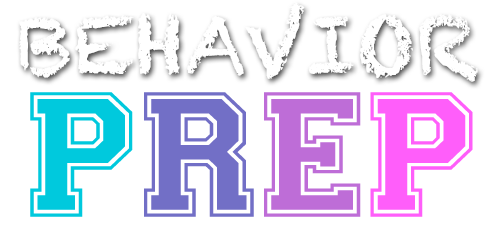B.18 Identify and distinguish between rule-governed and contingency-shaped behavior
Rule-governed Behavior
Rule-governed behavior refers to behavior that is controlled by verbal or written rules, instructions, or statements about what to do in a specific situation. The behavior is guided by the person’s understanding and adherence to the given rules.
Example: Following traffic rules is an example of rule-governed behavior. Drivers learn and follow traffic laws, such as stopping at red lights and yielding to pedestrians, based on the verbal or written rules provided by traffic authorities.
Contingency-shaped Behavior
Contingency-shaped behavior refers to behavior that is shaped and controlled by the natural consequences or contingencies in the environment. It occurs through the direct interaction of behavior with its consequences, without explicit verbal rules or instructions.
Example: A child putting their hand in a flame and quickly withdrawing it due to the pain is an example of contingency-shaped behavior. The behavior of withdrawing the hand is shaped by the immediate consequence of pain caused by touching the flame.
It’s important to note that rule-governed behavior and contingency-shaped behavior are not mutually exclusive. They often work together, with rule-governed behavior setting the initial framework and contingency-shaped behavior fine-tuning and maintaining behavior based on the immediate consequences.
In behavior analysis, understanding the interplay between rule-governed and contingency-shaped behavior helps in designing effective interventions. By providing clear rules and instructions, behavior analysts can establish the desired framework for behavior. At the same time, they can also shape behavior through the systematic arrangement
